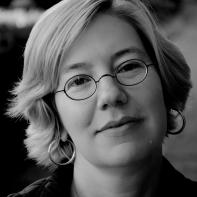Even in 2019, with trusty devices always on hand to capture my daily existence, most of my life goes unrecorded (thank God). My pre-device life, a Dark Age itself, is only documented by an occasional washed-out photo, receipt, ticket stub, or “remember when?” story passed among family and friends.
I often lament never having kept a proper journal. Only once, at age eleven, have I ever faithfully inscribed dates and happenings; the diary had a pink, puffy plastic cover studded with rhinestones. Despite the security feature, a tiny gold key, my mother and younger sister broke into it—together! —and when they later admitted it, I was relieved that I hadn’t confided anything private to its pages: no secret crushes or burning questions about my awkward, beanpole body.
In my twenties, I wrote little poems and observations in notebooks—many little notebooks. These musings now seem written in code, as if I was protecting my words from an intruder, who, strangely enough, is myself! Today, I still draft in a random, haphazard way, in spiral notebooks, and keep several going simultaneously. Writing essays, for me, is like journaling twenty years after the fact. I go easy on myself and do not—simply because I now live in a digital age—expect perfection from my memory. I figure, if I only wrote about things I remembered very well, I might never have written anything at all.
Recently, a former student, Maritza, reached out, seeking my advice for jumpstarting her writing. “I don’t know where to begin,” she confided, a phrase I recognize in my bones. The key, for me, is not a little gold diary key, but to start somewhere—with a moment, or maybe with a song, place, or detail. I write whatever pops into mind, and don’t decide if I remember “enough” until after I’ve given it a go.
Jumpstarting sparks remembering; you have to get the car running so that you can actually move. For me that means sometimes turning an unproductive writing day, when I’m sleep-deprived, distracted, or just not feeling it, into a semi-productive one by inventing topics and ideas for later, for when the mood strikes. (How DIY of me: a book of handcrafted, shabby chic rainy day writing exercises!) In a blank or mostly blank notebook, at the top of every other page, I write a word or a phrase; each one is a prompt. When I’m looking for inspiration, I flip through this notebook; one of the headings usually calls out to me, and off to the races I go. Occasionally, a prompt even becomes the title for a finished piece, like in the case of my SR essay “A Merry Little Group Home Christmas.”
A few months ago, I came across the words “Memories to Age Six” written atop a blank notebook page, jotted by my own hand a year or so earlier. When I re-discovered it, my husband and I had been speculating about how much, if anything, our two-year-old son would remember about being two. (Would he recall his first trip to Florida, those two-foot long iguanas? Or his Matchbox cars being confiscated, temporarily, by mean Mommy after he clocked her on the head with a Mustang and left a boo boo?) As I started to freewrite about my own early years, I was surprised by how much I actually, truly remembered from my life, especially between ages three and six. Some of my memories originated in stories told by my parents throughout my childhood, but other moments I recalled simply because I lived them: I was there. Whether routines that occurred in a pattern, or one-time events, the more I wrote, the more I remembered, and the more material I generated, until I had a finished essay draft plus pages of extra notes.
As I drafted a six-year-old memoir, I had to quickly decide: do I comment and reflect on the child’s life, or do I let her experiences speak for themselves? I decided on the latter, to focus on the child’s impressions and lived moments, allowing the adult writer to hang back, quietly choosing language and forming a structure. I find that when writing about a very distant past, concrete details are especially important, as memories need physical objects in which to take root, spreading their shoots into the darkness and reaching for context. My Six-Year-Old Memoir has many such anchors: a sewing machine, a horse track, green shorts with daisies, a tiny tarnished silver cup, a gun, a hospital bed, a two-toned Buick, and maraschino cherries.
Since writing is remembering, and writing is crafting, you often don’t know how much you recall about your life until you face the blank page (or screen) and dive in. Memory is part black magic, a deeply intuitive conjuring, and part rolling a tumbleweed through the mind’s desert, gathering what sticks. The more I go with it, the more I think, (a fully focused, meditative-type thinking), and the more I perform other little exercises to jog my recollection, for example, looking at Google Maps street view or texting a family member or friend.
It is usually not until after I’ve written quite a bit that I figure out what an essay is about, and often that “what” defies summary, is more of an emotional cue than a lesson or theme. For me, the purpose of nonfiction is not to see how much I remember, but to determine what I can do with what I think I remember. And when I’m finished writing a particular piece, I always feel like I remember those events more vividly than when I started—sometimes the writing and memories become intertwined, interchangeable. What has happened is gone, and let’s face it, there is nothing, not even writing, that can ever bring it back. What’s left is the art of memory. And I’m okay with that.

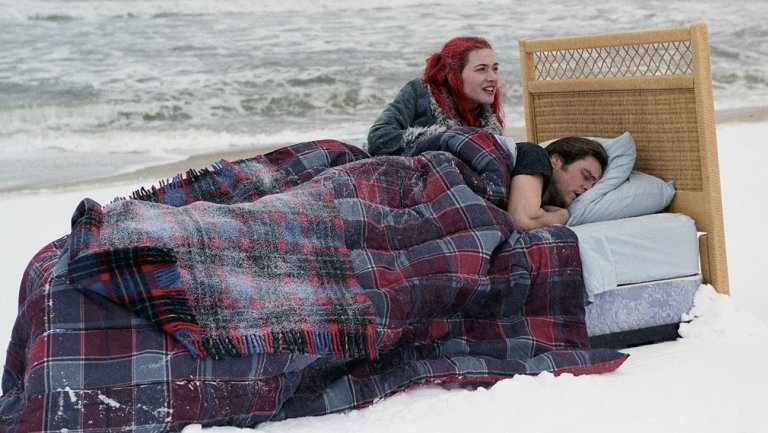

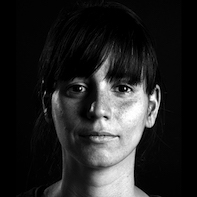

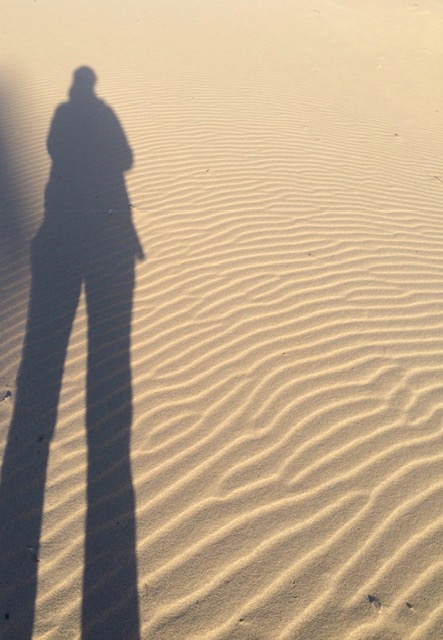
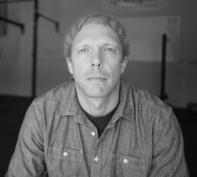 Today we are pleased to feature author William Auten as our Authors Talk series contributor. In this podcast, William discusses the role of memory and detail in his short story, “Something in the Way.”
Today we are pleased to feature author William Auten as our Authors Talk series contributor. In this podcast, William discusses the role of memory and detail in his short story, “Something in the Way.”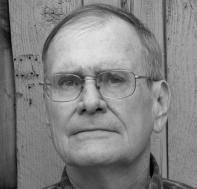 Today we are pleased to feature author Timothy Reilly as our Authors Talk series contributor. In this podcast, Timothy discusses the inspiration behind his short story, “The Task at Hand,” calling it a “nod to the old Grail romances.”
Today we are pleased to feature author Timothy Reilly as our Authors Talk series contributor. In this podcast, Timothy discusses the inspiration behind his short story, “The Task at Hand,” calling it a “nod to the old Grail romances.” n Clayton as our
n Clayton as our 